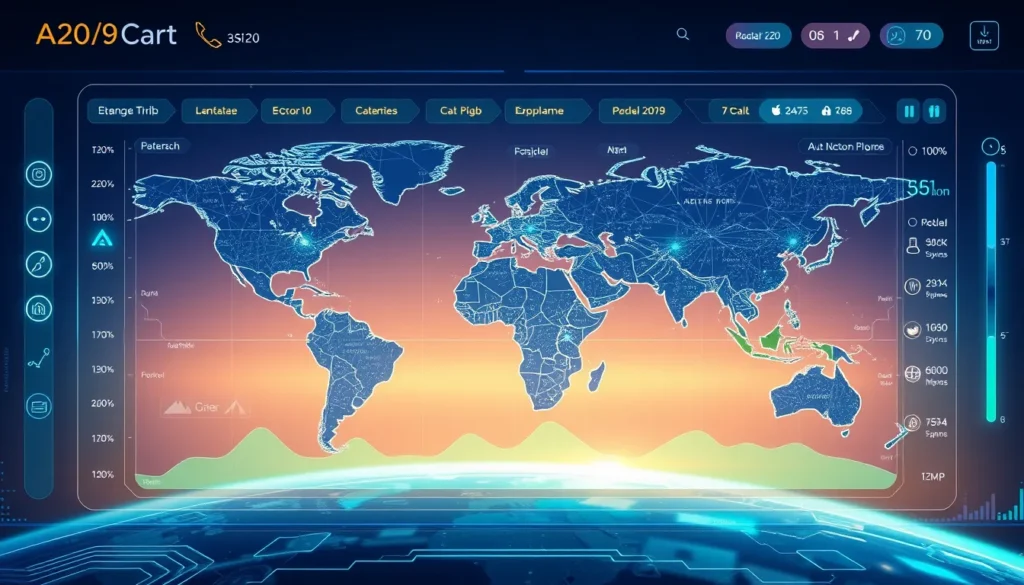Now Reading: MiniMax-M1: Open Source AI Breakthroughs Unleashed
-
01
MiniMax-M1: Open Source AI Breakthroughs Unleashed
MiniMax-M1: Open Source AI Breakthroughs Unleashed

MiniMax-M1: Open Source AI Breakthroughs Unleashed
MiniMax-M1 is set to revolutionize the world of artificial intelligence with its cutting-edge approach and impressive capabilities. As an open source AI breakthrough, MiniMax-M1 transforms how large-scale data is processed and interpreted. Its remarkable ability to process 1 million tokens in a single context positions it at the forefront of modern AI technology. In this article, we explore the innovative features of MiniMax-M1, its use of hyper efficient reinforcement learning techniques, and how it pioneers deep contextual understanding.
Innovative Open Source AI and Context Processing
MiniMax-M1 is not just another AI model; it represents a paradigm shift in the industry. With an unprecedented token processing capacity, developers and researchers can now analyze complex language patterns and long-form documents with a precision that was previously unattainable. Key advantages include:
- Unparalleled capability to process 1 million tokens in a single context
- Integration of advanced reinforcement learning techniques
- Enhanced deep contextual understanding
- Scalable design that supports large-scale data analysis
By utilizing open source principles, MiniMax-M1 fosters a collaborative community where continuous improvements and innovations are a shared goal. As more contributors engage with the model, its performance and adaptability continue to evolve in a dynamic digital landscape.
Processing 1 Million Tokens in a Single Context
One of the standout features of MiniMax-M1 is its ability to process 1 million tokens in a single context. This long-tail capability allows the model to maintain context over vastly extended pieces of text without losing critical details. Whether analyzing lengthy technical documents or comprehensive social media streams, this feature elevates the model’s utility to new heights. Developers benefit from:
- Comprehensive text analysis: Guaranteeing no loss of nuance in long-form content.
- Improved decision-making: Offering better insights through detailed contextual analysis.
- Enhanced applications: Facilitating advancements in natural language understanding and predictive text generation.
Reinforcement Learning Techniques and Deep Contextual Understanding
At the heart of MiniMax-M1’s innovation lies its use of hyper efficient reinforcement learning techniques. These techniques empower the model to continually learn and refine its decision-making processes. Unlike traditional models, MiniMax-M1 adapts in real-time based on user interactions and evolving datasets. The integration of deep contextual understanding ensures that the AI does not merely process data—it comprehends the underlying narrative and intricacies within the text.
The combination of smart learning algorithms with robust contextual analysis means that MiniMax-M1 can tackle complex tasks such as sentiment analysis, technical literature parsing, and legal document scrutiny. This fusion of technologies makes it a versatile tool capable of addressing diverse challenges across multiple domains.
Scalable AI and the Future of Long-Form Document Analysis
The design philosophy behind MiniMax-M1 emphasizes scalability and transparency. By leveraging open source frameworks, the model remains accessible to developers and researchers worldwide. Several factors set MiniMax-M1 apart:
- Scalability: Ideal for enterprises handling vast amounts of data, ensuring consistency and reliability.
- Transparency: An open source model nurtures trust and allows for constant refinement through community feedback.
- Robust Performance: Utilizing large-scale data analysis, MiniMax-M1 supports sophisticated applications ranging from enhanced customer service bots to intricate academic research.
MiniMax-M1 is paving the way for future advancements in AI. Its capability to maintain context for extensive text not only drives better decision-making but also opens new avenues for innovation in machine learning. The model’s design overcomes key challenges found in previous iterations by addressing issues like data overflow and limited awareness of extended textual context.
A Community-Driven Approach to AI Advancement
One of the core strengths of MiniMax-M1 is its commitment to community collaboration. By making the model open source, its creators encourage developers, data scientists, and academic researchers to drive further improvements. This collaborative approach ensures that the model remains adaptive, continuously incorporating the latest breakthroughs in reinforcement learning techniques and data processing methodologies.
As industry experts and early adopters begin integrating MiniMax-M1 into various workflows, the incremental enhancements driven by community insights will likely lead to new applications and more refined functionalities in the AI landscape.
Conclusion: Embracing the Future with MiniMax-M1
In summary, MiniMax-M1 stands as a groundbreaking development in open source AI technology. Its advanced capability to process 1 million tokens in a single context, alongside the utilization of cutting-edge reinforcement learning techniques, drives significant improvements in deep contextual understanding and scalable data analysis. MiniMax-M1 not only fulfills the current needs of data-intensive applications but also sets a high standard for future AI innovations. By embracing such revolutionary tools, businesses and researchers can unlock unprecedented opportunities in the realm of artificial intelligence, paving the way for smarter, more intuitive, and highly efficient AI applications.

























